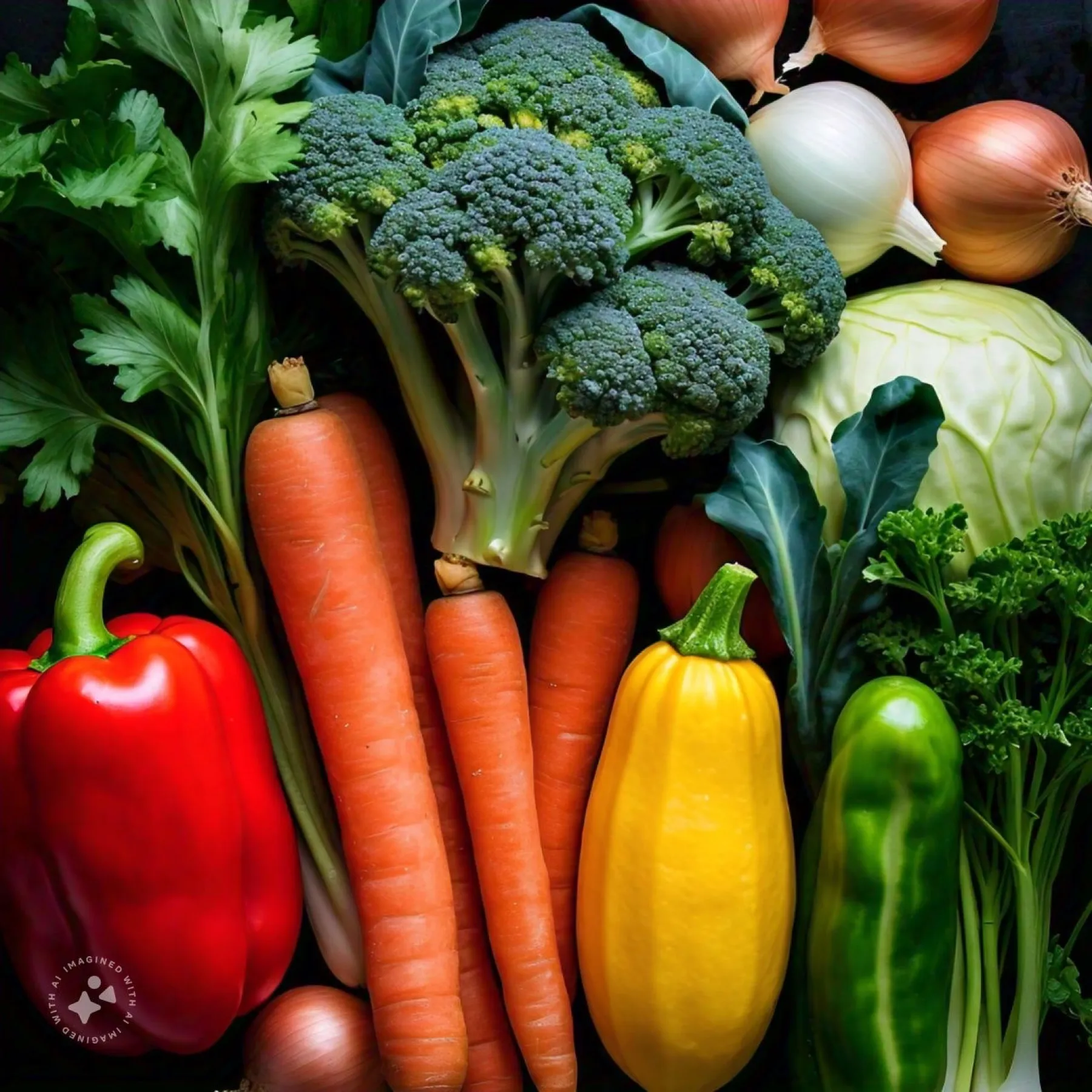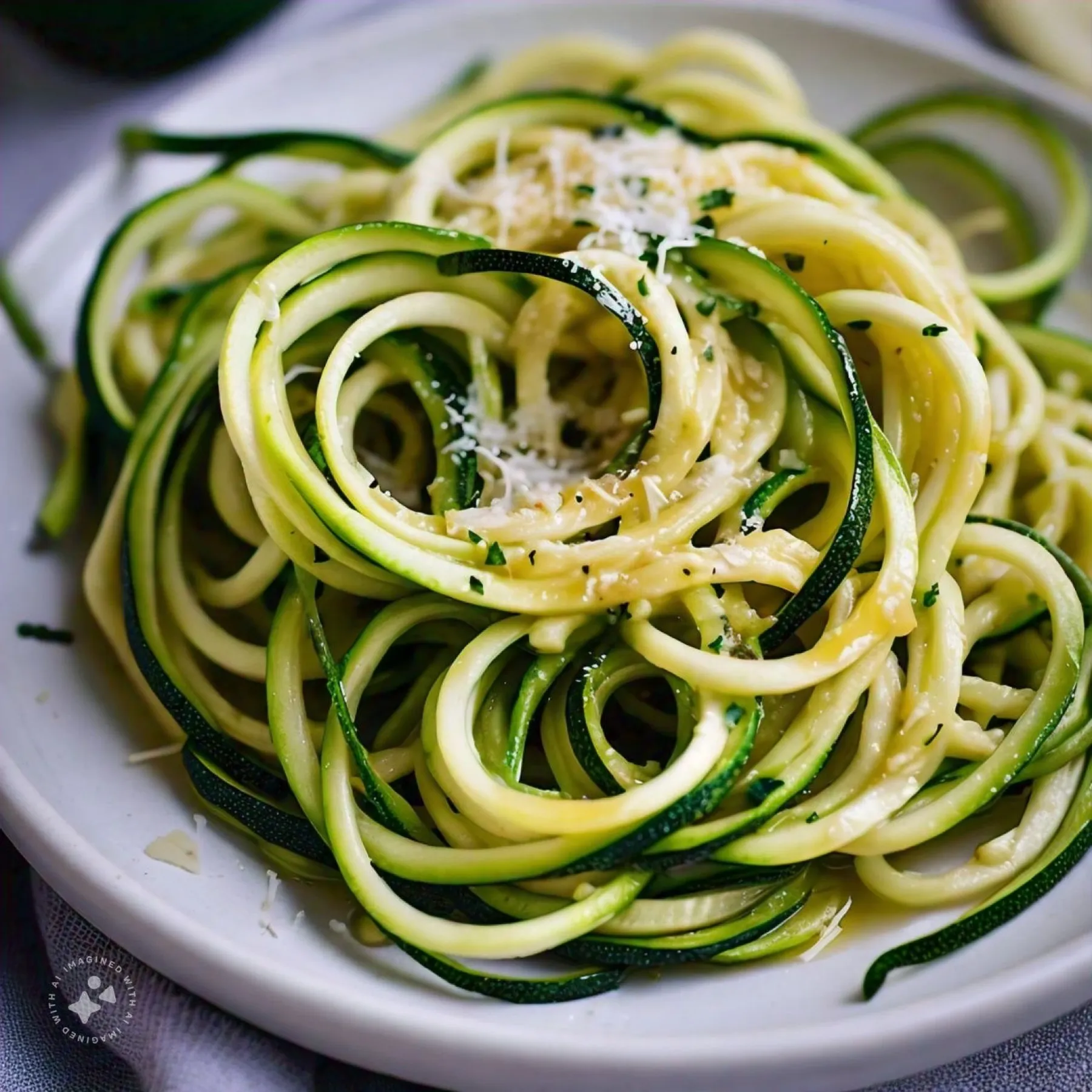
Let’s face it vegetables don’t always make it to the top of our “favorite foods” list. Whether it’s the taste, the texture, or simply the habit of avoiding them, many people struggle to get enough veggies in their diet. But despite our tastes, the health benefits of vegetables are undeniable. They are packed with essential vitamins, minerals, fiber, and antioxidants that help support everything from digestion to immune health and even mental clarity.
So, what do you do if you don’t particularly like vegetables but still want to reap the nutritional rewards they offer? The good news is you don’t have to become a vegetable lover overnight. With the right strategies, you can easily incorporate more veggies into your meals without feeling like you’re forcing yourself to eat something you dislike. We’ll explore practical tips and tricks for eating more vegetables, even if they’re not your favorite food.
1. Start Small and Gradually Increase Your Intake
The idea of eating more vegetables can feel overwhelming, especially if you’ve been avoiding them for years. Start with small, manageable changes that you can stick with. There’s no need to drastically overhaul your entire diet in one go.
How to do it:
– Add one extra serving per day: Begin by adding just one extra serving of vegetables to your meals each day. For example, toss some spinach into your morning smoothie or add a side of steamed broccoli with dinner.
– Try different veggies: If you’re not fond of one type of vegetable, try another. You might not like the bitterness of kale, but you might enjoy the sweetness of roasted carrots or bell peppers.
– Experiment with textures: Vegetables can be prepared in many different ways. Roasting, steaming, sautéing, or blending them into soups or smoothies can change the texture and flavor profile, making them more palatable.
2. Sneak Vegetables Into Your Favorite Dishes
If eating vegetables on their own feels like a challenge, the solution is simple, sneak them into the dishes you already love. This is a great way to get more veggies without feeling like you’re eating something you don’t enjoy.
How to do it:
– Blend veggies into sauces or soups: Add pureed vegetables like cauliflower, carrots, or spinach to pasta sauces, soups, or stews. They blend seamlessly and add extra nutrition without altering the flavor too much.
Zucchini in place of Noodles: You can grate zucchini, carrots, or even cauliflower and incorporate them into muffins, pancakes, or meatballs. The finer the veggie, the less noticeable it becomes.
– Add leafy greens to smoothies: If you don’t like the taste of leafy greens, blend them into a smoothie with fruits like bananas, berries, or pineapple. The sweetness of the fruit will mask the flavor of the greens.
3. Use Flavor Enhancers to Make Veggies More Appealing
One reason people avoid vegetables is that they can sometimes seem bland or tasteless. But with the right seasonings and cooking techniques, you can turn even the most boring veggie into a delicious dish.
How to do it:
– Roast your vegetables: Roasting vegetables at high heat caramelizes their natural sugars, creating a rich, deep flavor. Try roasting sweet potatoes, Brussels sprouts, or cauliflower with a little olive oil, salt, and pepper.
– Add herbs and spices: Experiment with different spices and herbs to enhance the flavor of your vegetables. Garlic, ginger, cumin, chili flakes, lemon juice, and balsamic vinegar can make vegetables taste fantastic.
– Top with healthy fats: Add a sprinkle of grated cheese, a drizzle of olive oil, or a dollop of hummus to your veggies for added flavor and a creamy texture.
4. Make Veggies the Star of the Meal
Sometimes, we focus so much on the protein or carbs in our meals that vegetables get relegated to an afterthought. However, when you make vegetables the main event, they become more appealing and are less likely to be skipped.
How to do it:
– Create vegetable-based dishes: Try making vegetable-based meals like a cauliflower rice stir-fry, zucchini noodles with marinara sauce, or a hearty vegetable curry. These dishes make vegetables the focal point, rather than an afterthought.
– Try meatless meals: Incorporating meatless meals into your weekly routine can encourage you to experiment with vegetables more. For instance, a veggie-loaded lentil stew or vegetable stir-fry can be just as satisfying as a meat-based dish.
-Focus on veggie-forward recipes: There are tons of recipes out there that celebrate vegetables, from roasted vegetable bowls to vegetable lasagna. Look for recipes that incorporate multiple vegetables in a creative way.
5. Try Veggie Chips or Snacks

Sometimes, the best way to eat more vegetables is to transform them into something fun. If you’re a fan of chips or snacks, why not swap them out for healthier vegetable alternatives?
How to do it:
– Make your own veggie chips: Slice sweet potatoes, zucchini, or kale into thin pieces, toss with olive oil and your favorite seasonings, and bake them into crispy chips. These are a great alternative to traditional potato chips.
– Vegetable-based snacks: You can find pre-packaged veggie snacks like carrot sticks, cucumber slices, or bell pepper strips at most grocery stores. Pair them with a tasty dip like hummus or guacamole for extra flavor.
6. Grow Your Own Vegetables
There’s something about growing your own food that makes it more exciting to eat. Even if you don’t have a garden, you can grow vegetables in pots or window boxes.
How to do it:
– Start with easy-to-grow vegetables: Vegetables like spinach, lettuce, tomatoes, or herbs like basil can be grown easily in small spaces. As your plants grow, you’ll feel more invested in eating the produce you’ve nurtured.
-Involve your family or kids: Gardening can be a fun, educational activity for kids, and it can help them develop a more positive attitude toward eating vegetables. The act of growing and harvesting their own food can make them more excited to eat it.
7. Get Creative with Vegetable Substitutes
If you really can’t stand certain vegetables, try swapping them out for alternatives that offer similar nutrients but may be more to your liking.
How to do it:
– Use cauliflower as a rice or pizza crust substitute: Cauliflower rice has become a popular low-carb substitute for traditional rice, and cauliflower pizza crust is another great way to incorporate veggies into your meals without noticing them too much.
– Zucchini noodles : If pasta isn’t your thing, try zucchini noodles as a healthier alternative. You can use a spiralizer to make noodles out of zucchini, or buy pre-made ones at most grocery stores.
– Butternut squash instead of potatoes: Swap mashed potatoes for mashed butternut squash for a sweet, creamy alternative that’s rich in vitamins.
8. Make Vegetables a Habit

Like any other habit, eating more vegetables takes practice. The more you incorporate them into your meals, the more natural it will feel.
How to do it:
– Plan your meals around vegetables: Plan your meals for the week with vegetables as the central focus. This simple shift in mindset can help you be more intentional about including them in every meal.
– Try meal prepping: Prepare your vegetables in advance so they’re ready to go when you need them. Having pre-chopped veggies on hand can make it easier to add them to a dish at a moment’s notice.
– Try veggie subscription boxes: Consider subscribing to a vegetable delivery service, where you’ll receive a variety of fresh, seasonal veggies each week. This can introduce you to new vegetables and inspire you to try new recipes.
To cap it off, eating more vegetables doesn’t have to be a struggle, even if they’re not your favorite food. By starting small, getting creative with cooking, and finding ways to sneak veggies into the meals you already love, you can gradually increase your vegetable intake without feeling like you’re forcing yourself to eat something you don’t enjoy. Remember, you don’t need to suddenly become a “vegetable person” to reap the benefits of a plant-rich diet. Every small step you take toward eating more vegetables is a step toward better health. Whether you’re blending them into smoothies, roasting them with flavorful spices, or finding creative substitutes, there are endless ways to add more veggies to your plate. So, take it one bite at a time and who knows? You may just end up discovering a new vegetable (or two) that you actually enjoy.